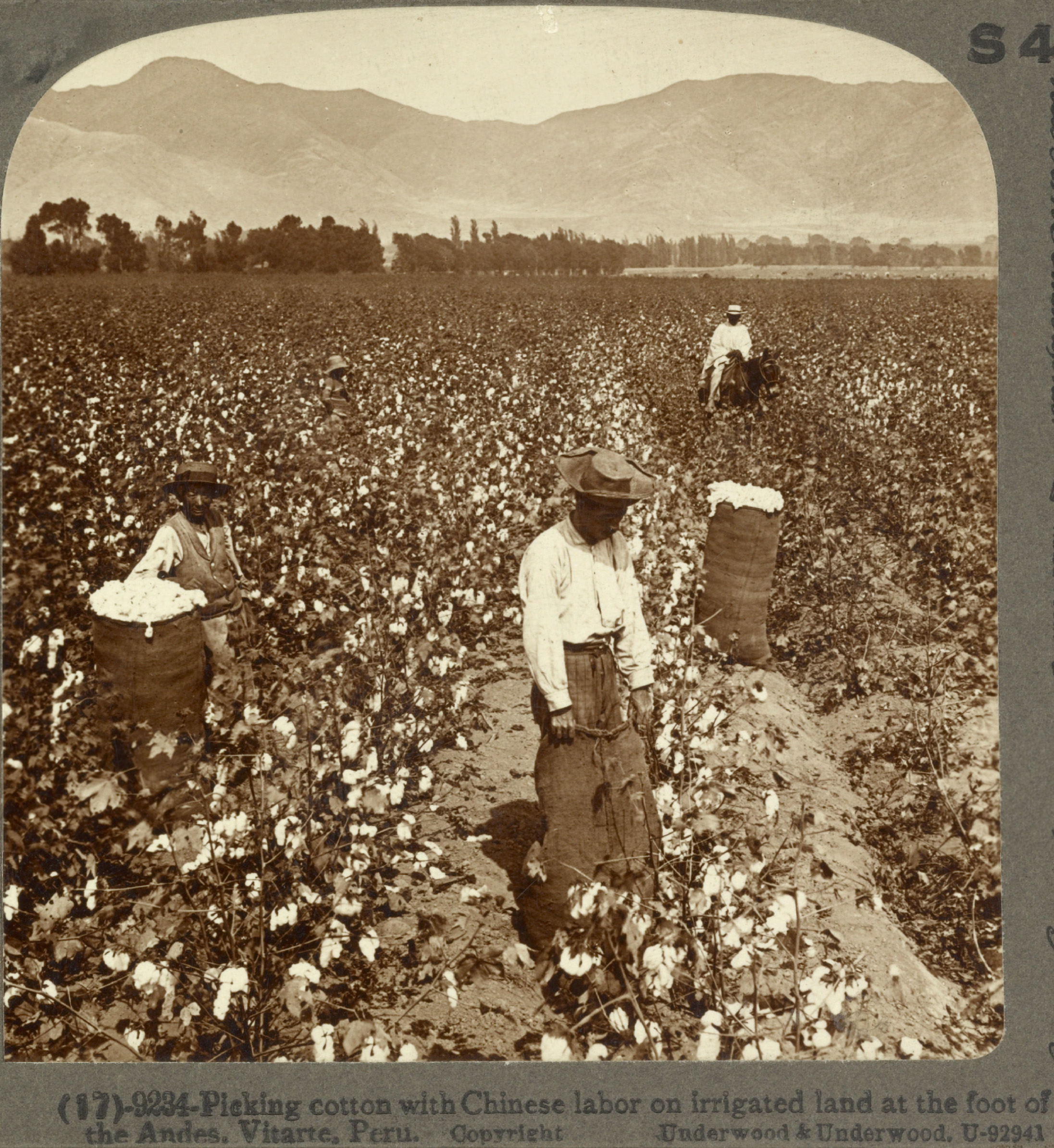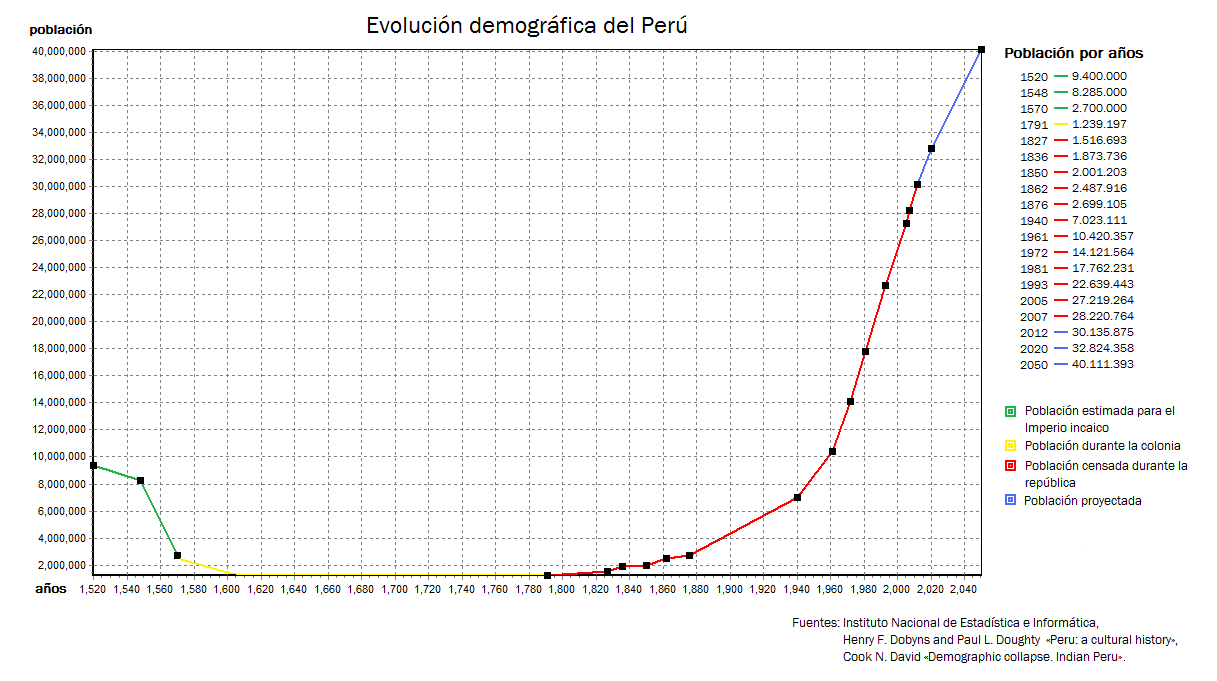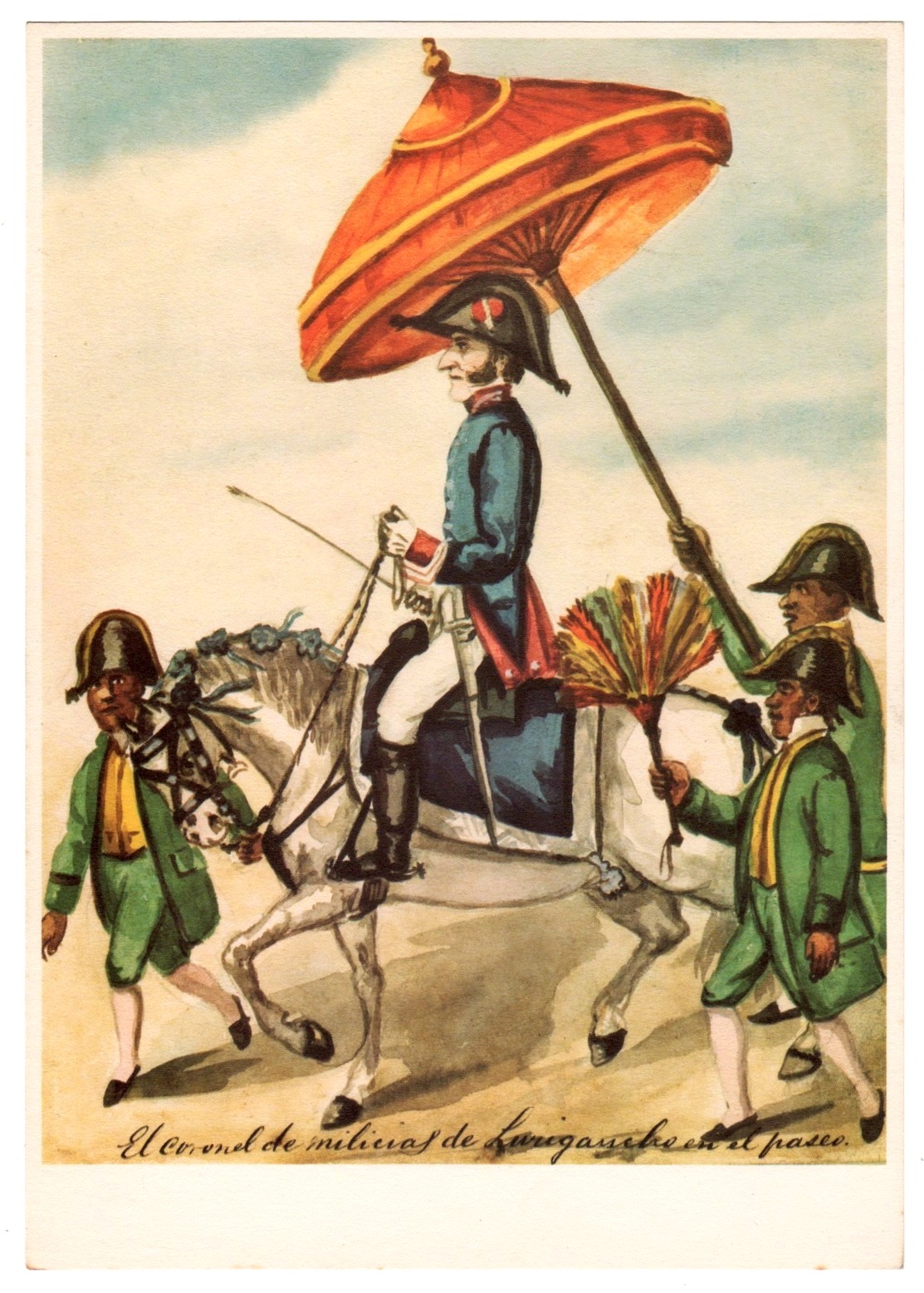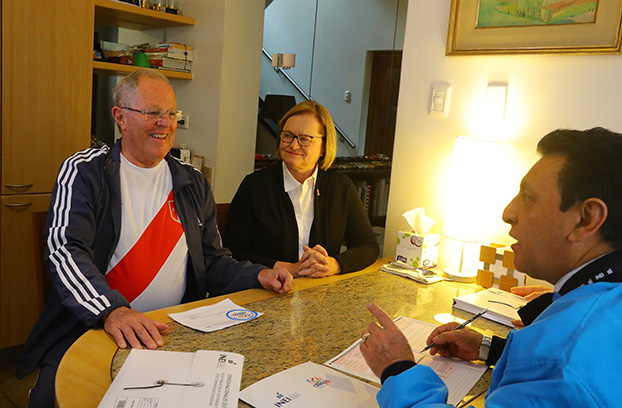|
Tusán
Chinese Peruvians, also known as ''tusán'' (a loanword from ), are Peruvian citizens whose ancestors came from China. Due to acculturation, most third and fourth generation Chinese Peruvians do not speak the language of their ancestors. However, some second generation Chinese Peruvians can speak one or more varieties of Chinese that may include Mandarin, Cantonese, Hakka and Minnan (Hokkien), in addition to Spanish. Outside of the predominant Amerindian, mestizo, white, and black populations, Chinese are estimated to constitute less than 0.1% of the Peruvian population. In the 2017 Census in Peru, only 14,307 people claimed ''tusán'' or Chinese ancestry. However, according to the embassy, it was estimated that 15% (or 4 million) of the 30 million Peruvians had Chinese roots and ancestry, tracing back to the 19th century arrival of 100,000 Chinese immigrants that migrated to Peru and entered relationships with many Peruvian women. History Early history Workers who were sh ... [...More Info...] [...Related Items...] OR: [Wikipedia] [Google] [Baidu] |
Asian Peruvians
Asian Peruvians are Peruvians of Asian descent. Most Asian Peruvians are of Chinese and Japanese descent. Around 36,000 Peruvians identify as Asian Peruvians, constituting some 0.16% of Peru's population as per the 2017 Census in Peru. In the 2017 Census in Peru, only 14,223 people self-reported ''tusán'' or Chinese ancestry, while only 22,534 people self-reported ''nikkei'' or Japanese ancestry. However, according to the 2009 census, it was estimated that 5% (or 1.2 million) of the 29 million Peruvians in 2009 had Chinese roots and ancestry, while 160,000 Peruvians in 2015 had Japanese roots and ancestry. East and Southeast Asians Asian slaves shipped from the Spanish Philippines to Acapulco (see Manila-Acapulco galleons), were all referred to as "Chino" meaning Chinese. In reality, they were of diverse origins, including Japanese, Malays, Filipinos, Vietnamese, Javanese, Timorese, and people from modern day Bangladesh, India, Sri Lanka, Makassar, Tidore, Terenate, and C ... [...More Info...] [...Related Items...] OR: [Wikipedia] [Google] [Baidu] |
Barrio Chino (Lima)
Barrio chino () is a neighborhood in Lima, Peru that is centered on two blocks – 7 and 8 – of Jirón Ucayali in downtown. The neighborhood was founded in the mid-19th century by Chinese immigrants, but it was heavily damaged in the late 19th century by the War of the Pacific and further declined in the following decades. It experienced a revival starting in the 1970s and is now a thriving resource for Chinese-Peruvian culture. History Origins In the 1850s, Chinese immigrants started to cluster in the area around the Central Market, then called La Concepción. During the Spanish colonial period, the area was known as Calle Capón, as it was the location of the market for castrated pigs. The consolidation of an ethnic Chinese neighborhood was spurred by the presence, from the 1860s, of large commercial houses established by Chinese import companies from Hong Kong and California. These included the Wing Fat Co., the Wo Chong Co., or the Wing On Chong Co. Small businesses ca ... [...More Info...] [...Related Items...] OR: [Wikipedia] [Google] [Baidu] |
Buddhism
Buddhism, also known as Buddhadharma and Dharmavinaya, is an Indian religion and List of philosophies, philosophical tradition based on Pre-sectarian Buddhism, teachings attributed to the Buddha, a wandering teacher who lived in the 6th or 5th century Before the Common Era, BCE. It is the Major religious groups, world's fourth-largest religion, with about 500 million followers, known as Buddhists, who comprise four percent of the global population. It arose in the eastern Gangetic plain as a movement in the 5th century BCE, and gradually spread throughout much of Asia. Buddhism has subsequently played a major role in Asian culture and spirituality, eventually spreading to Western world, the West in the 20th century. According to tradition, the Buddha instructed his followers in a path of bhavana, development which leads to Enlightenment in Buddhism, awakening and moksha, full liberation from ''Duḥkha, dukkha'' (). He regarded this path as a Middle Way between extremes su ... [...More Info...] [...Related Items...] OR: [Wikipedia] [Google] [Baidu] |
Lynne Rienner Publishers
Lynne Rienner Publishers is an independent scholarly and textbook publishing firm based in Boulder, Colorado. It was founded in 1984 and remains one of the few independent publishers in the United States. It publishes primarily in the fields of international studies and comparative world politics, but also covers U.S. politics, sociology, Black politics, criminology, and the translation of relevant works into English. Its translated publications include books by Tawfiq al-Hakim, Ghassan Kanafani, Naguib Mahfouz, Derek Walcott, among others. The company's publishing program includes the FirstForumPress, a specialized scholarly research forum that focuses on important work that might be overlooked due to market constraints, and the Kumarian Press, which focuses on poverty, underdevelopment, war, human rights Human rights are universally recognized Morality, moral principles or Social norm, norms that establish standards of human behavior and are often protected by ... [...More Info...] [...Related Items...] OR: [Wikipedia] [Google] [Baidu] |
Census In Peru
A census in Peru is the enumeration of the Peruvian population made by the Peruvian government. By law (''Law Nº 13248'') a population and household census has to be executed every ten years. The latest census was held in 2017. The first five times the census was held, only population data was included. From the sixth census onwards, household data has also been included. Chronology The following table shows the year each census was held, as well as the total population number at the time. See also *Instituto Nacional de Estadística e Informática The Instituto Nacional de Estadística e Informática (INEI) ("National Institute of Statistics and Informatics") is a semi-autonomous Peruvian government agency which coordinates, compiles, and evaluates statistical information for the country. ... References {{South America topic, Census in Demographics of Peru ... [...More Info...] [...Related Items...] OR: [Wikipedia] [Google] [Baidu] |
Black Peruvians
Black Peruvians or Afro-Peruvians are Peruvians of mostly or partially African descent. They mostly descend from enslaved Africans brought to Peru after the arrival of the conquistadors. Early history The first Africans arrived, as enslaved people, with the conquerors in 1521, and some, taken by force, with colonists to work, for no payment, in 1525. Between 1529 and 1537, when Francisco Pizarro was granted permits to import 363 Africans to colonial Peru, a large group of Africans were captured in order to provide, by force, labor for public construction, building bridges and road systems. They also fought alongside the conquistadors as soldiers and worked as personal servants and bodyguards. In 1533, enslaved Afro-Peruvians accompanied Spaniards in the conquest of Cuzco. Two types of African people were forced to Peru. Those born in Africa were commonly referred to as '' negros bozales'' ("untamed blacks"), which was also used in a derogatory sense. These slaves could have bee ... [...More Info...] [...Related Items...] OR: [Wikipedia] [Google] [Baidu] |
Peruvians Of European Descent
European Peruvians (), also known as White Peruvians (), are Peruvians of total or predominantly European ancestry (formerly called Criollos or Castizos in the viceregal era). Traditionally, this group had been more dominant in the political, commercial, and diplomatic sectors of Peruvian society. The recent 2017 census where ethnic self-identification was used, white people make up 5.9% of the total population of Perú aged 15 years and above. History European immigration to Peru began with the Spanish colonization of the Americas and continued during the Republic of Peru in the 19th century with the immigration of people from other countries of Europe (especially, Spain, Italy, Portugal, France, England and Germany, among others). Spanish Spanish settlement of Peru began in the early 1530s (continuing until 1821 as a viceroyalty of Spain) and continues to the present day. Spanish explorer Francisco Pizarro founded the first Spanish settlement in Peru, San Miguel de Piura ... [...More Info...] [...Related Items...] OR: [Wikipedia] [Google] [Baidu] |




